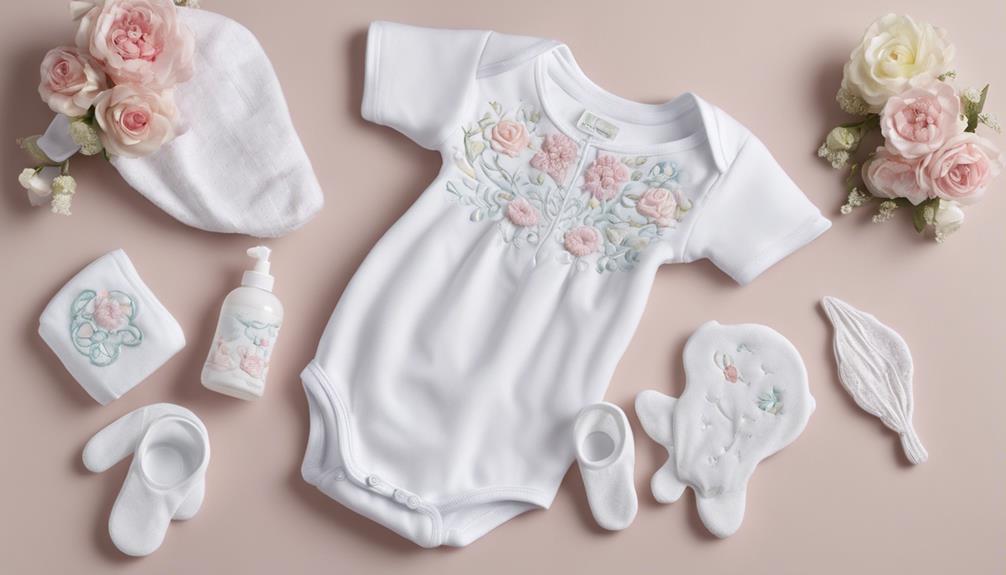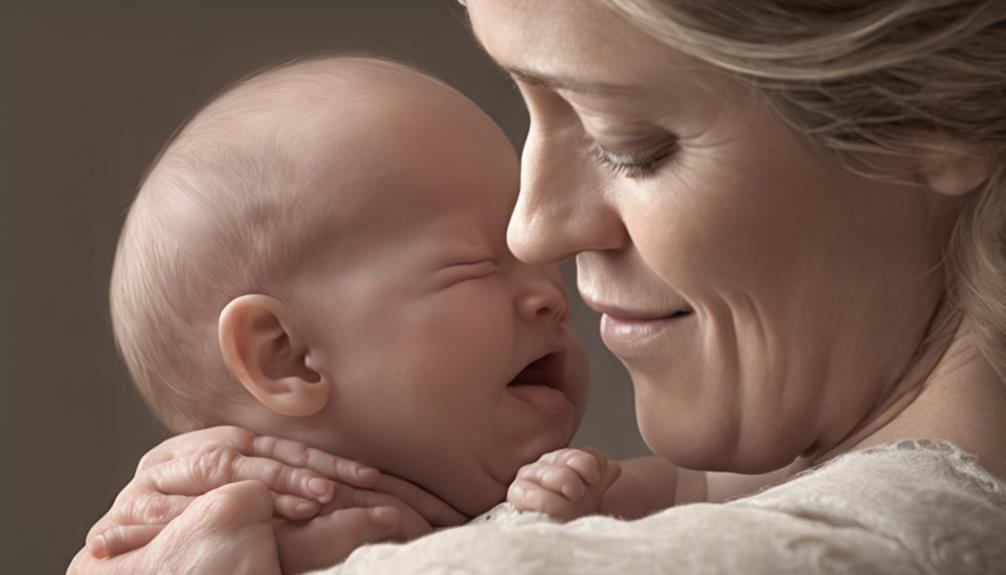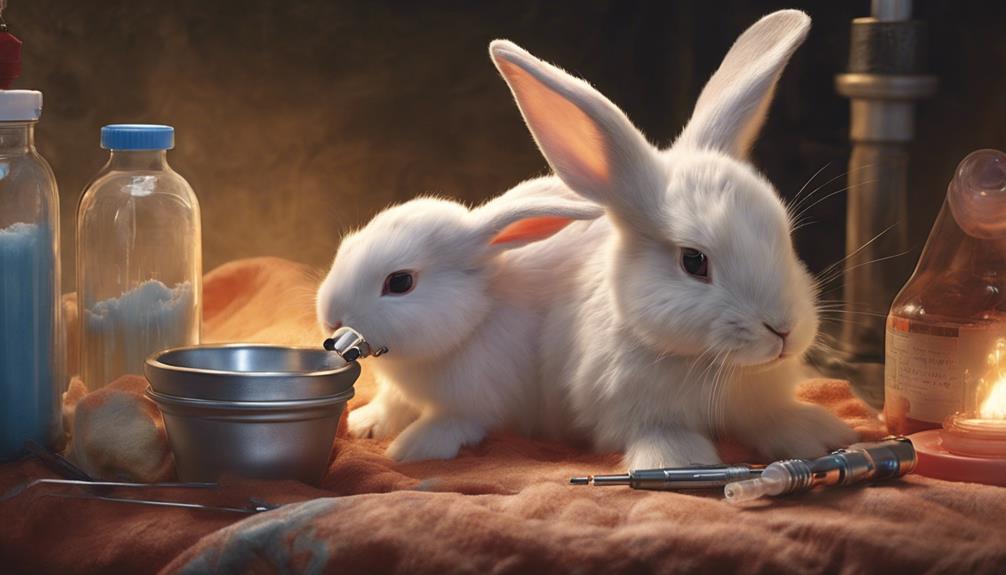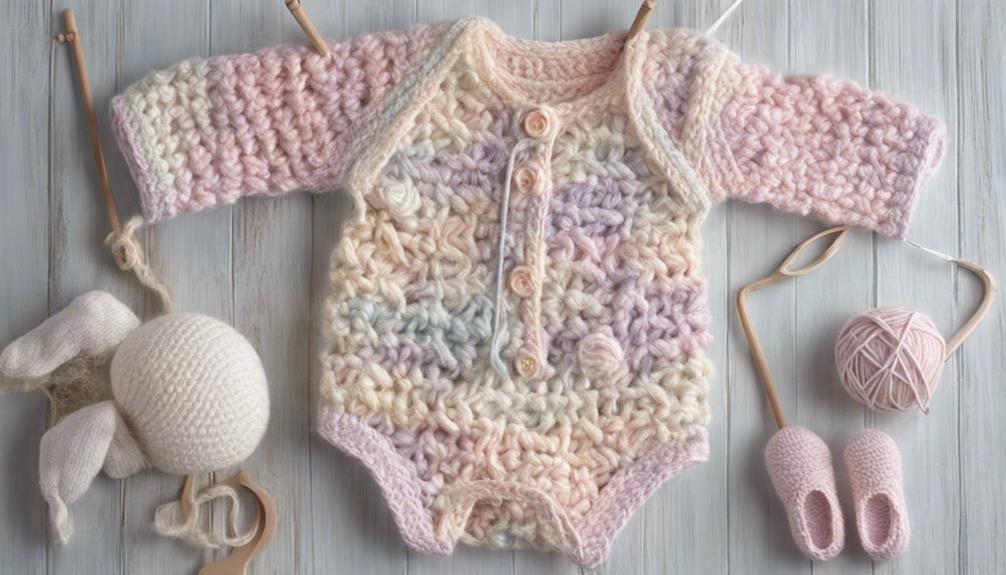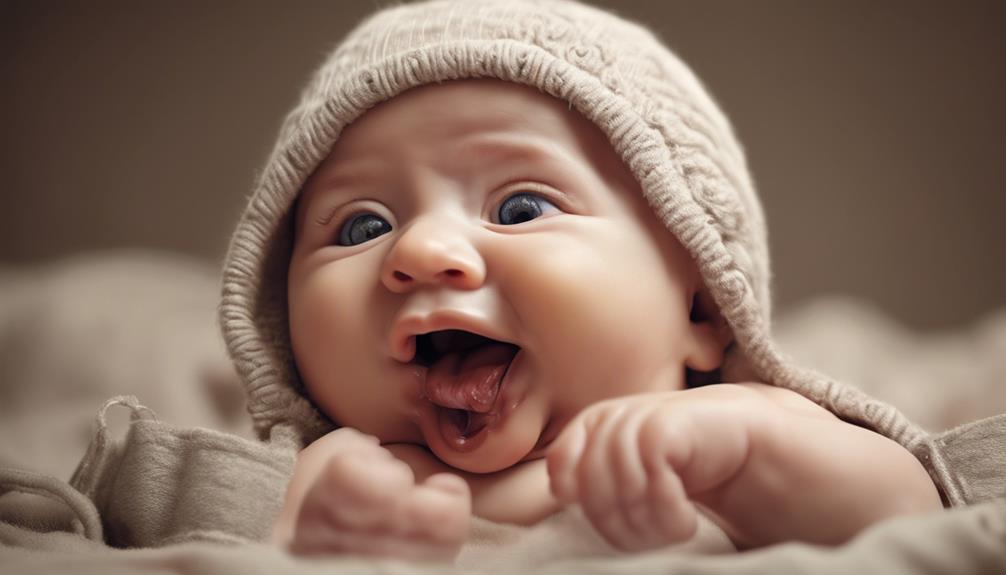The way you wash and dry baby clothes with embroidery can greatly affect how long the delicate stitching lasts. It is important to care for these items properly so the intricate embroidery stays bright and intact.
So, what steps should you take to safeguard these precious garments and keep them looking their best? Let's explore some essential tips that will help you preserve the beauty of embroidered baby clothes for years to come.
Key Takeaways
- Wash delicately to preserve embroidery integrity.
- Air dry flat to maintain stitch quality.
- Handle stains with care to protect delicate designs.
- Store properly to prevent fading and maintain freshness.
Proper Washing Techniques
To properly care for your embroidered baby clothes, wash them by hand with mild baby detergent to preserve the delicate stitches. Use cold water to avoid color fading and maintain the integrity of the embroidery.
When washing, gently squeeze the clothing instead of wringing it to prevent damaging the embroidery. It's important to turn the clothing inside out before washing to protect the embroidered design from rubbing against other items.
Choose a gentle cycle if you opt to use a machine, making sure the water is cold and the detergent mild. After washing, air dry the baby clothes to prevent heat damage and maintain the quality of the embroidery.
Drying Embroidered Baby Clothes
Air drying is the recommended method for preserving the delicate embroidery on baby clothes. When it comes to drying embroidered baby clothes, follow these simple steps to assure the longevity of the intricate designs:
- Air dry: Always opt for air drying over using a dryer to protect the delicate stitches in the embroidery.
- Lay flat: Lay the embroidered baby clothes flat to dry. This method helps prevent distortion or pulling of the embroidery, keeping the design intact.
- Avoid direct heat: Keep the embroidered baby clothes away from direct heat sources while drying. Direct heat can cause the threads to unravel, leading to damage to the embroidery.
- Preserve quality: Proper drying techniques are essential for maintaining the quality of the embroidery on baby garments. By following these steps, you can assure that the delicate stitches remain intact and the embroidered designs stay beautiful for a long time.
Storage Tips for Baby Garments
Consider utilizing breathable storage bags or containers when storing baby garments, as they help safeguard the embroidered baby clothes from dust and pests, guaranteeing their longevity.
Store baby garments in a clean, dry place away from direct sunlight to prevent fading and avoid hanging them for extended periods to prevent stretching.
When folding baby clothes, do it neatly to prevent wrinkles and maintain the integrity of the embroidery. It's also essential to rotate the use of stored baby garments to prevent creases and keep the embroidery fresh.
Handling Stains on Embroidery

When handling stains on embroidered baby clothes, remember to test for color bleeding on a hidden area before treating them. To effectively clean stains on delicate embroidery, follow these steps:
- Wash by Hand: Use cold water and a mild detergent to gently wash the stained area. Avoid using hot water, as it can set the stain into the fabric.
- Blot Stains: Instead of scrubbing or rubbing the embroidery, gently blot the stained area with a clean cloth. This helps lift the stain without damaging the stitches.
- Soak if Needed: If colors start to run during washing, soak the garment in cold water to prevent the stain from spreading further. This step can help minimize the damage caused by color bleeding.
- Pat Dry: After treating the stains, pat dry the embroidered baby clothes with a paper towel. Avoid wringing or twisting the fabric, as this can distort the embroidery. Gently pressing down will help absorb excess moisture without harming the delicate stitches.
General Maintenance Guidelines
To maintain the quality and longevity of embroidered baby clothes, regularly follow these general maintenance guidelines.
When washing embroidered baby clothes, opt for handwashing with a mild detergent to protect the intricate embroidery design. It's important to use cold water and steer clear of harsh chemicals to prevent any damage to the delicate stitching.
After washing, dry the baby clothes on a flat surface to help preserve the shape and quality of the embroidery. When ironing, turn the clothes inside out and use a low heat setting to safeguard the embroidered designs.
Lastly, store the embroidered baby clothes in a cool, dry place away from direct sunlight to prevent fading and damage over time. By taking these simple steps in caring for your embroidered baby clothes, you can make sure they stay in excellent condition for a long time to come.
Frequently Asked Questions
How Do You Protect Embroidered Clothes?
To protect embroidered clothes, secure loose threads with knots and opt for natural fabrics like cotton. Use stabilizer for added reinforcement, spot clean stains promptly, and handle with care during washing and storage for longevity.
Can You Wash Clothes That Have Been Embroidered?
You can wash clothes that have been embroidered. Be gentle. Hand wash with cold water and mild soap. Avoid wringing them out. Dry them properly. Following these steps will help preserve the embroidery on your baby clothes.
How Do You Make Embroidered Clothes Last?
To make embroidered clothes last, handle them with care. Avoid harsh washing methods and opt for gentle detergents. Always air dry to prevent damage. Store in a cool, dry place. Regularly inspect for loose threads.
Should Embroidered Clothes Be Washed Inside Out?
When washing embroidered clothes, you should always turn them inside out. This simple step protects the delicate embroidery, prevents snagging, and helps maintain the design's vibrancy. It's an easy way to guarantee your clothes last longer.
Conclusion
To sum up, taking care of embroidered baby clothes is crucial to preserve their beauty and quality. Did you know that proper care can extend the life of the embroidery by up to 50%?
By following the washing, drying, and storage tips provided, you can guarantee that your baby's embroidered clothes stay in great condition for a long time. Remember, gentle handling is key to maintaining the delicate stitches and fabric.
